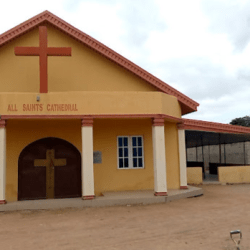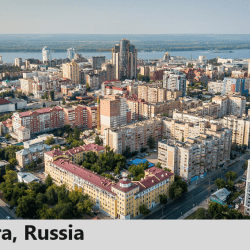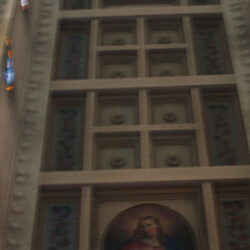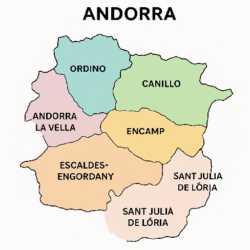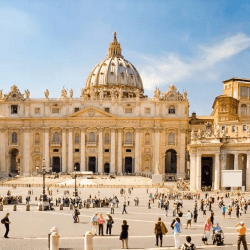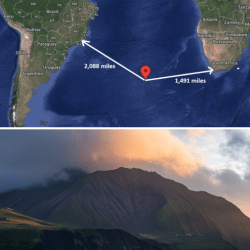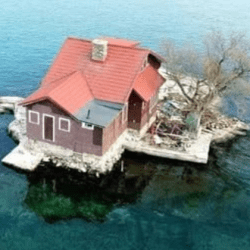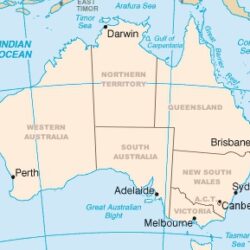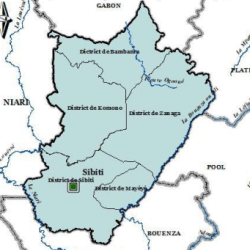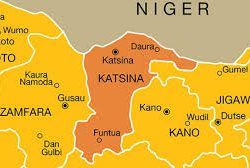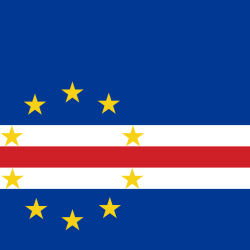Antigua and Barbuda is a parish-based state with two dependencies, centered around Saint John’s (capital). Antigua holds most of the population and parishes, Barbuda is semi-autonomous with its own identity, and Redonda is symbolic. The nation’s geography also includes dozens of small islets, many important for tourism and biodiversity.
Administrative Divisions
Antigua and Barbuda is divided into six parishes and two dependencies:
Parishes (on Antigua)
- Saint George
- Saint John
- Saint Mary
- Saint Paul
- Saint Peter
- Saint Philip
Dependencies
- Barbuda – A large sister island north of Antigua, known for Codrington village, beaches, and wildlife.
- Redonda – A small, uninhabited rocky island (more symbolic than functional).
Largest Cities
- Saint John’s – 22,634 (capital and main port on Antigua).
- All Saints – 3,412
- Liberta – 2,239
- Potter’s Village – 2,067
- Bolans – 1,785
- Swetes – 1,573
- Seaview Farm – 1,486
- Pigotts – 1,363
- Parham – 1,276 (one of the oldest towns).
- Clare Hall – 1,273
📌 Saint John’s is by far the largest urban center and the country’s hub for government, trade, and tourism.
The Parishes of Antigua and Barbuda: Exploring the Islands’ Heart and Heritage
Antigua and Barbuda, a twin-island nation in the Eastern Caribbean, is best known for its pristine beaches, vibrant culture, and deep colonial history. While many visitors know of Antigua as a tourist haven and Barbuda as a quiet retreat, fewer realize that Antigua itself is divided into six distinct parishes, each with its own identity, heritage, and charm. Together with the dependencies of Barbuda and Redonda, these divisions form the administrative and cultural backbone of the country.
In this article, we’ll take a closer look at the parishes of Antigua, what makes each unique, and how they contribute to the nation’s story.
A Look at the Administrative Structure
Antigua and Barbuda is divided into:
- Six Parishes (all located on Antigua)
- Two Dependencies – Barbuda and Redonda
Unlike in some countries where parishes have limited modern relevance, Antigua’s parishes retain strong cultural, historical, and administrative importance. Each parish represents a slice of the island’s geography and history, often tracing back to colonial settlement patterns.
The Six Parishes of Antigua
1. Saint George
Located in the northern part of Antigua, Saint George is home to the island’s international airport (V.C. Bird International), making it the entry point for most visitors. The parish features both residential areas and tourist spots, with its proximity to Saint John’s making it a convenient place to stay.
- Highlights: Jabberwock Beach, airport district, local guesthouses.
2. Saint John
Saint John is the capital parish and the most populated. It encompasses Saint John’s City, the capital of Antigua and Barbuda, a bustling hub with colorful markets, colonial architecture, and modern shopping districts. The deep-water harbor makes it a popular cruise ship stop, filling the streets with life and culture.
- Highlights: Saint John’s Cathedral, Heritage Quay, Museum of Antigua and Barbuda, bustling local markets.
3. Saint Mary
Stretching along the west coast, Saint Mary is often described as Antigua’s most scenic parish. It is home to Jolly Harbour, a vibrant marina and resort community, and some of the island’s most famous beaches. Saint Mary is also steeped in history, with plantation ruins that tell the story of the island’s colonial past.
- Highlights: Jolly Beach, Darkwood Beach, Cades Reef, historic sugar estates.
4. Saint Paul
Saint Paul is both historic and picturesque. Located in the southeastern part of Antigua, it is home to English Harbour and Nelson’s Dockyard, a UNESCO World Heritage Site. This area was once the center of British naval activity in the Caribbean and today blends heritage with tourism and sailing culture.
- Highlights: Nelson’s Dockyard, Shirley Heights (famous Sunday parties and panoramic views), yachting festivals.
5. Saint Peter
Situated in the northeast, Saint Peter is less developed than some of the other parishes, making it ideal for eco-tourism and quiet retreats. It is home to mangroves, small fishing villages, and beautiful offshore islands, such as Great Bird Island, which is popular with day-trippers and nature enthusiasts.
- Highlights: Indian Town National Park, Devil’s Bridge, offshore islets.
6. Saint Philip
Saint Philip occupies the eastern portion of Antigua and is known for its rugged coastline, hidden coves, and peaceful communities. The area is less commercialized than the west, giving visitors a chance to explore Antigua off the beaten path.
- Highlights: Half Moon Bay (one of the island’s most stunning beaches), quiet fishing villages, unspoiled landscapes.
The Dependencies
Barbuda
North of Antigua lies Barbuda, a flat coral island famous for its pink-sand beaches, large bird sanctuary (Frigate Bird Sanctuary), and its small, close-knit community centered in Codrington village. Barbuda has a unique identity and governance structure within the state, often pushing for more autonomy while maintaining cultural ties with Antigua.
Redonda
To the southwest of Antigua lies Redonda, a rocky, uninhabited island. Though small and uninhabitable, it has a quirky history, including claims of being a “kingdom” by eccentric writers in the past. Today, Redonda is mostly symbolic but is considered part of Antigua and Barbuda’s territory.
Why the Parishes Matter
While parishes might seem like mere administrative boundaries, in Antigua they represent much more. They define the country’s heritage, identity, and tourism experience. Each parish offers a different lens into the life of Antigua:
- Saint John for commerce and culture.
- Saint Mary and Saint Paul for beaches, sailing, and history.
- Saint Philip and Saint Peter for natural beauty and rugged escapes.
- Saint George as the welcoming gateway to the nation.
The parishes of Antigua and Barbuda are more than lines on a map—they’re windows into the diverse experiences that the islands offer. Whether you’re exploring the historic harbors of Saint Paul, soaking in the capital life of Saint John, or escaping into the quiet natural corners of Saint Philip and Saint Peter, the parishes invite you to discover Antigua’s soul. And with Barbuda’s pink sands and Redonda’s rocky mystery, the dependencies remind us that this small Caribbean nation is rich in both culture and geography.
🌴 Antigua and Barbuda may be small, but through its parishes and islands, it offers endless opportunities to explore history, culture, and paradise.

Islands of Antigua and Barbuda
The country includes Antigua (largest island), Barbuda, Redonda, and many smaller islets.
Notable Islands:
- Antigua – Largest island, home to all parishes and most of the population.
- Barbuda – Dependency with Codrington as main settlement.
- Redonda – Rocky dependency.
- Bird Island, Great Bird Island, Green Island, Guiana Island, Long Island, Prickly Pear Island, Rabbit Island – popular for wildlife, tourism, and eco-reserves.
- Numerous smaller islets like Five Islands, Lobster Island, York Island, The Sisters, Sandy Island.
